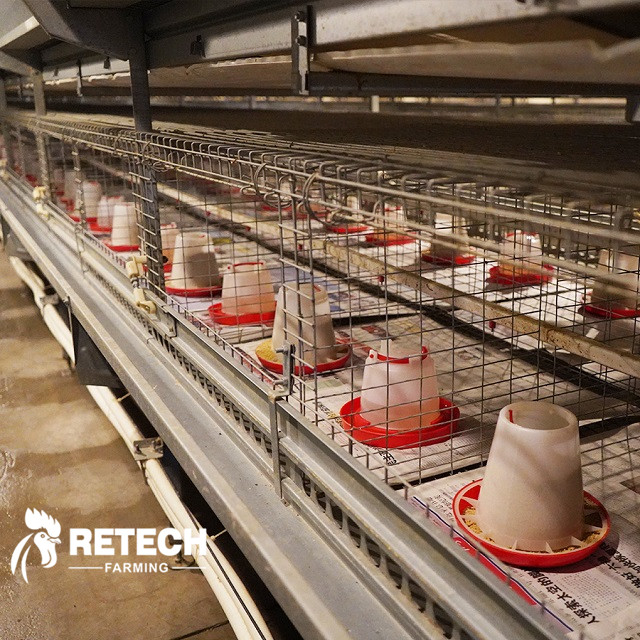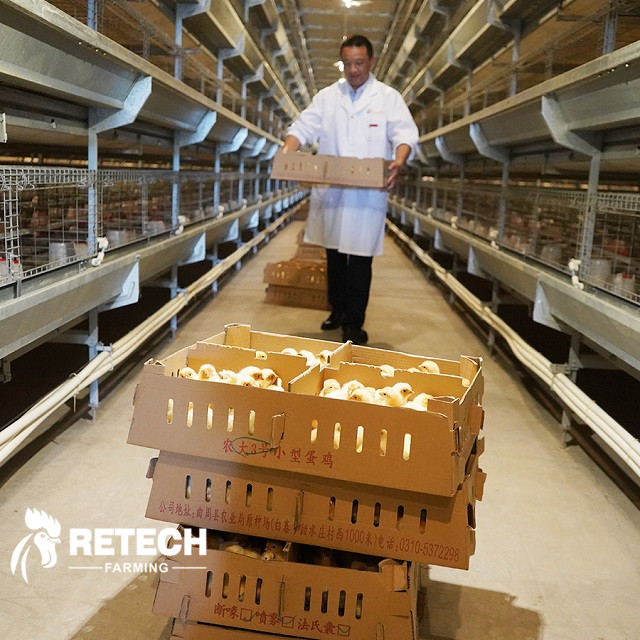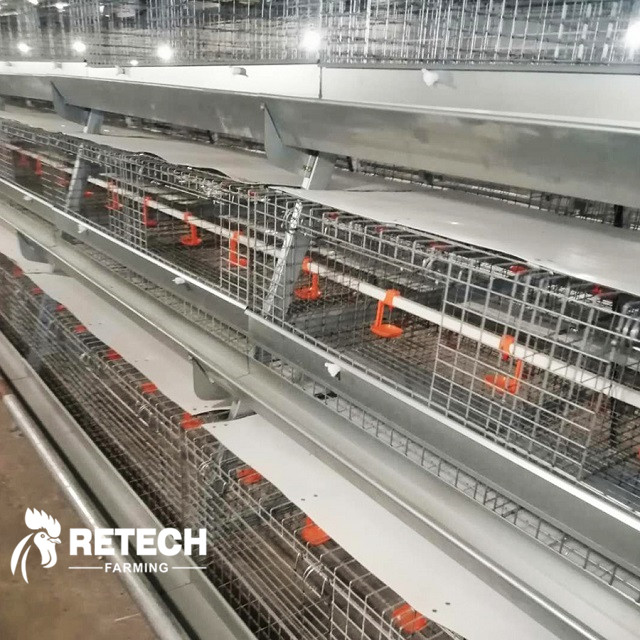Behavior is an important expression of all natural evolution. The behavior of day-old chicks should be checked every few hours, not only during the day, but also at night: if the flock is evenly distributed in all areas of the house, the temperature and ventilation settings are operating correctly ; Chickens gather in an area, move slowly and look dazed, indicating that the temperature is too low; Chickens always avoid passing through an area, indicating that there is wind; Chickens spread their wings and lie on the ground, appearing to be panting and chirping The sound indicates that the temperature is too high or the carbon dioxide concentration is too high.
1.Low temperature pick up the chicks
After a long journey of transportation, the chicks are hungry, thirsty and weak. In order to enable the chicks to quickly adapt to the new environment and return to their normal physiological state, we can slightly lower the temperature on the basis of the brooding temperature to keep the temperature in the brooding enclosure between 27 and 29°C, so that the chicks can gradually adapt to The new environment lays the foundation for normal growth in the future.
After the chicks arrive at the brooding house, they need to adapt to the new environment. At this time, it is normal for the chicks to rest, but after 4 to 6 hours, the chicks should begin to spread out in the house, and start to drink water, eat food, and move freely. After 24 hours Spread evenly in the coop.
2.Suitable brooding temperature
If chicks are still bunched together 24 hours after they are housed, it may be because the temperature in the house is too low. When the temperature in the house is too low, if the litter and air temperature are not heated, it will lead to poor chicken growth and poor flock uniformity. Grouping of chicks can cause excessive heat, and the chicks should be spread out as soon as they arrive in the brooding house, while maintaining the right temperature and dimming the light.
Whether the temperature is appropriate cannot be judged by the breeder’s own comfort, nor can it only refer to the thermometer, but the performance of individual chicks should be observed. When the temperature is suitable, the chicks are evenly dispersed in the brooding room, with lively spirit, good appetite and moderate drinking water.
When the temperature is suitable, the chickens are evenly distributed and the food is ordered in an orderly manner. Some are lying or moving, and the horizontal type is also more comfortable; if the temperature is high, the chickens are hiding at the edge of the fence, but the horizontal type is also better, which only means that the temperature is slightly biased. Higher, flocks can adapt, but want to stay away from heat sources. If the temperature is higher, the chickens will no longer lie still, and there will be mouth breathing and drooping wings.
3.Ensure proper relative humidity
After the chicks enter the brooding house, it is necessary to maintain an appropriate relative humidity, at least 55%. In the cold season, when the heating of the frontal polonium is required, if necessary, you can install a heating nozzle, or sprinkle some water on the aisle, the effect is better.
4.Ventilation
The climate inside the breeding house depends on a combination of dry ventilation, heating and cooling. The selection of the ventilation system should also be adapted to the external conditions. Whether the ventilation system is simple or complex, it must first be able to be manipulated by humans. Even in a fully automatic ventilation system, the feeling of the manager’s eyes, ears, nose and skin is an important reference.
Natural ventilation does not use fans to promote air movement. Fresh air enters the house through open air inlets, such as adjustable air inlet valves, roller shutters. Natural ventilation is a simple and low-cost method of ventilation.
Even in areas where natural ventilation is good, farmers are increasingly opting for mechanical ventilation. Although the hardware investment and operating costs are higher, mechanical ventilation can provide better control of the environment inside the house and lead to better feeding results. By means of negative pressure ventilation, the air is pulled into the house from the air inlet, and then forced out of the house. The effectiveness of mechanical ventilation depends on the control of the air inlets. If there are open holes in the side walls of the house, it will affect the operation of the ventilation system.
Evaluate the ventilation effect in time. For the ground level system, the distribution of the flocks in the house can indicate the effect and quality of ventilation, and the ventilation effect can also be evaluated by other methods. An easy way to do this is to stand bare and wet with your arms, stand in an area with a low number of chickens, feel if the area is draughty, and feel if the litter is too cold. Observe the distribution of the flocks in the entire chicken house, and determine whether it is related to the setting of the fan, light and air inlet. Once the settings of lighting, air inlets, etc. have been changed, check again after a few hours to see if the flock distribution has changed. Don’t jump to negative conclusions about the effects of changing settings. Also record the contents of the changed settings.
The ventilation rate setting depends not only on the temperature, but also on the humidity of the house, as well as the wind speed at the back height and the concentration of carbon dioxide in the air. Chickens will become lethargic if carbon dioxide levels are too high. If you have a headache after working at back height for more than 5 minutes, the carbon dioxide concentration is at least 3 500 mg/m3, indicating insufficient ventilation.
Post time: Apr-13-2022










